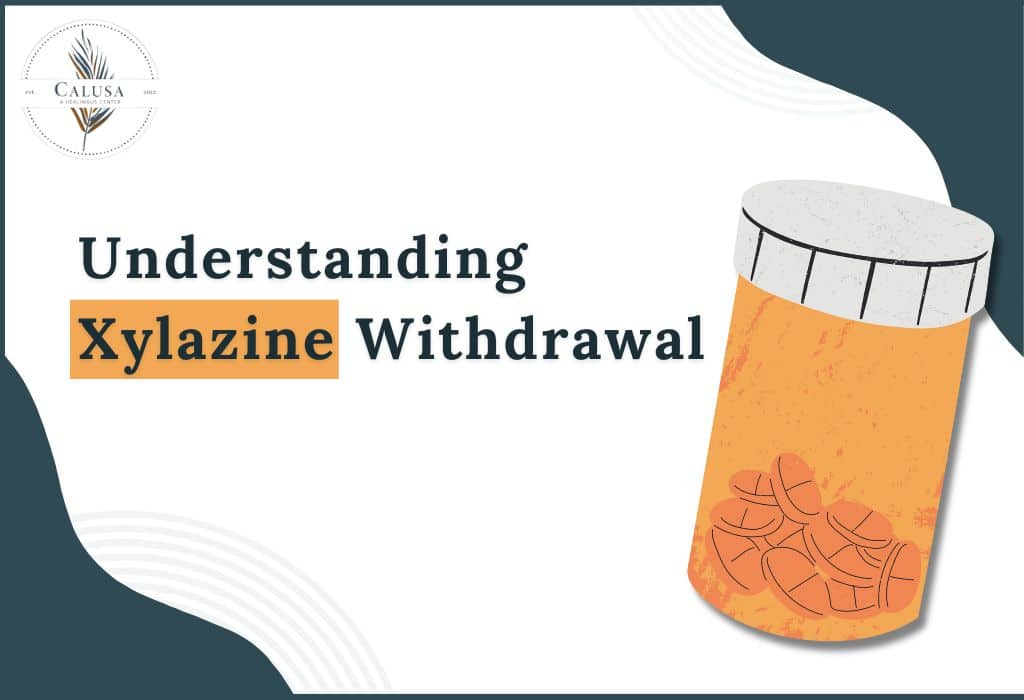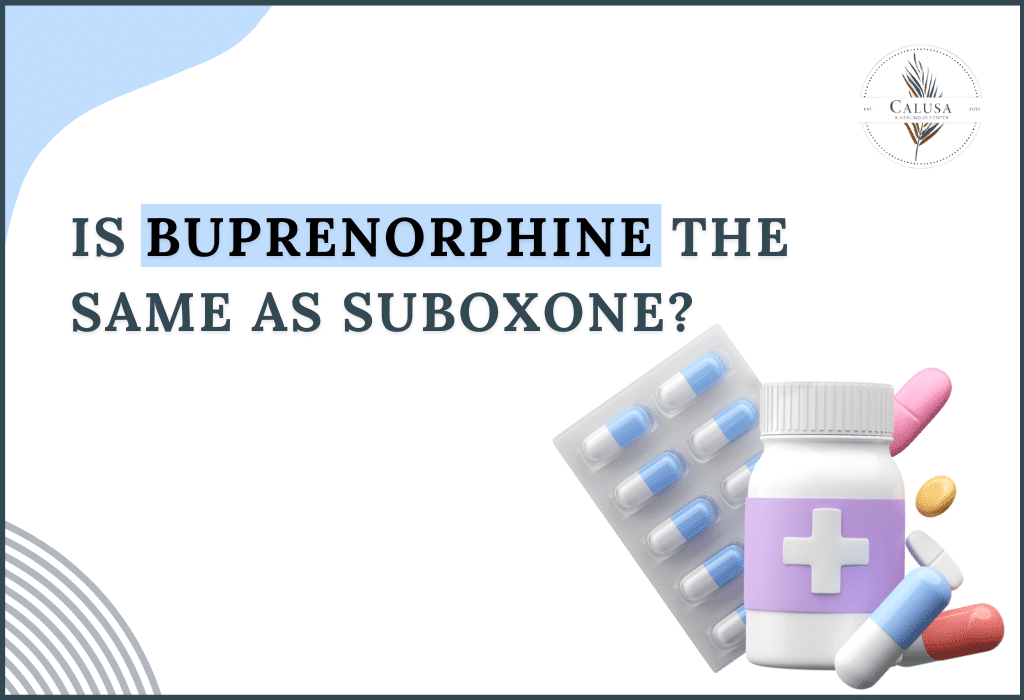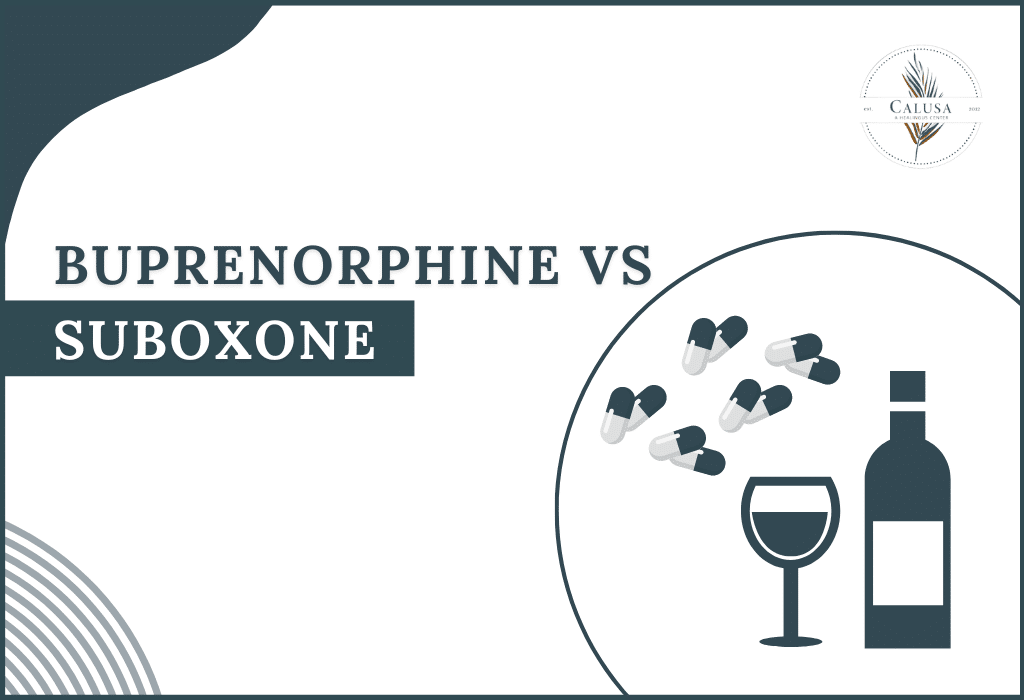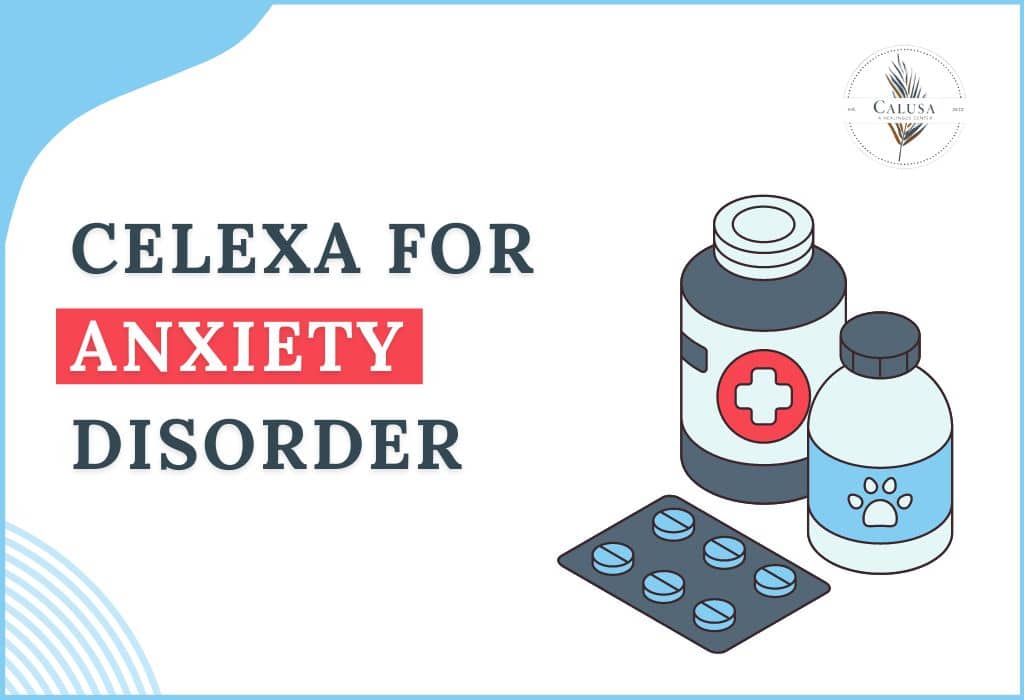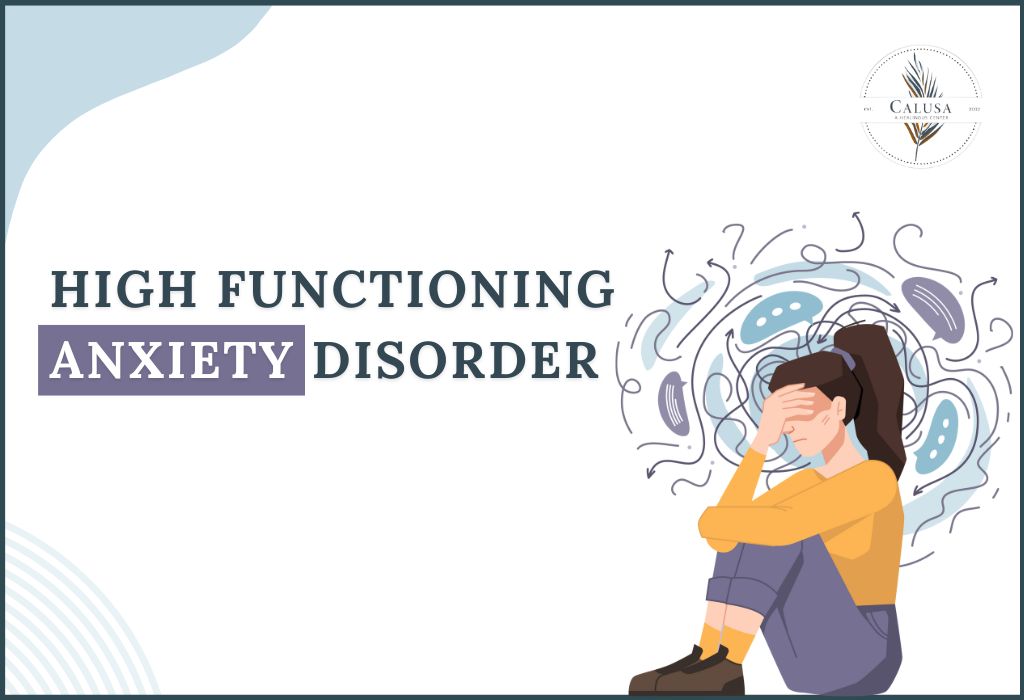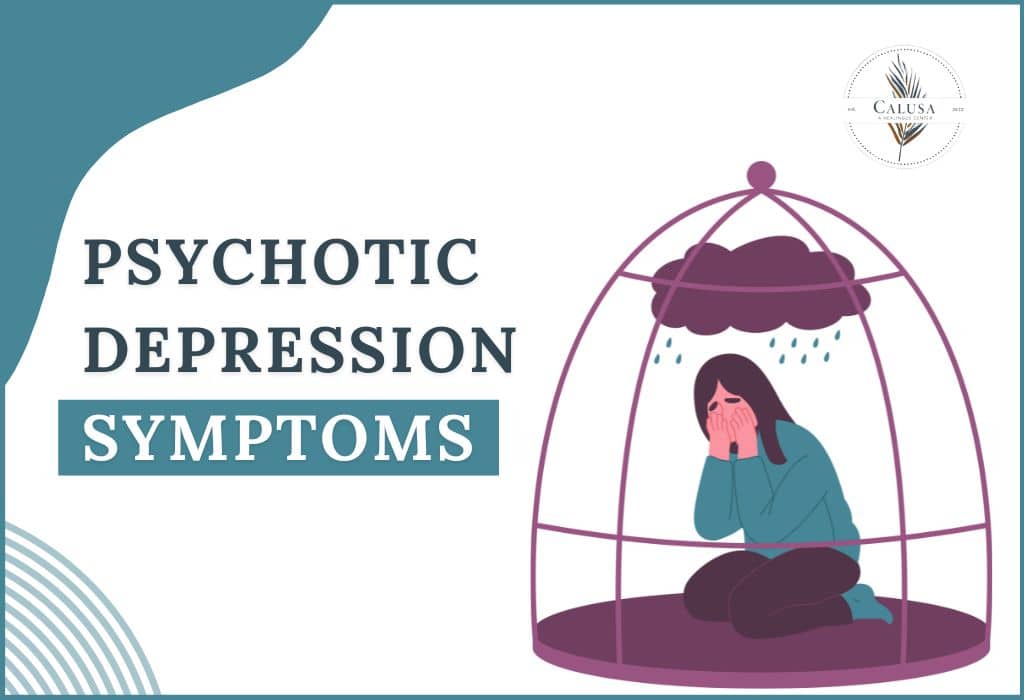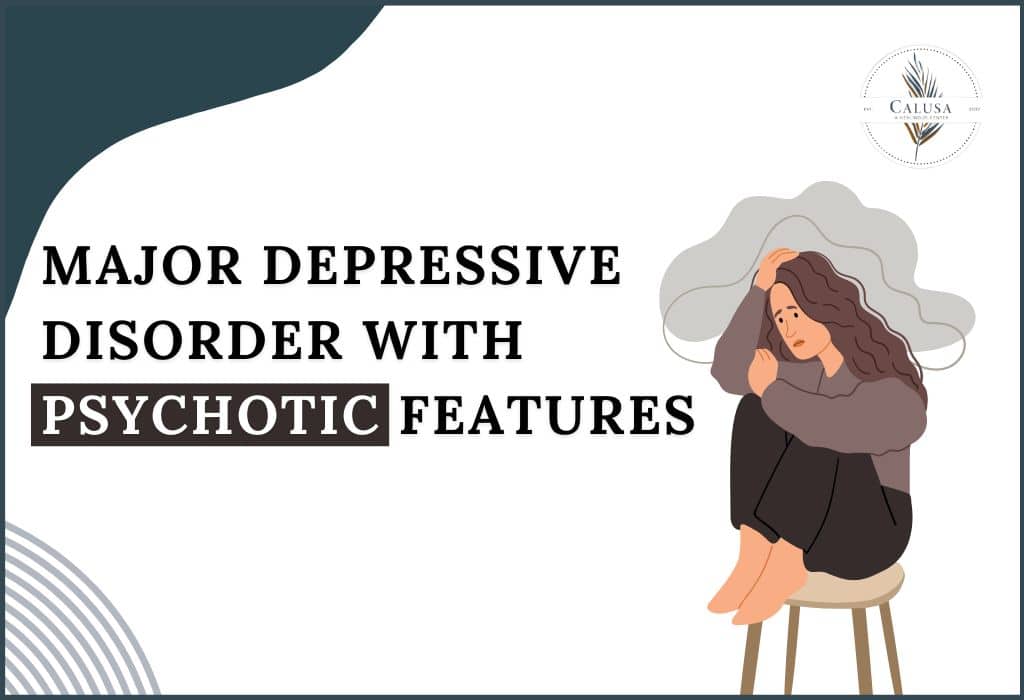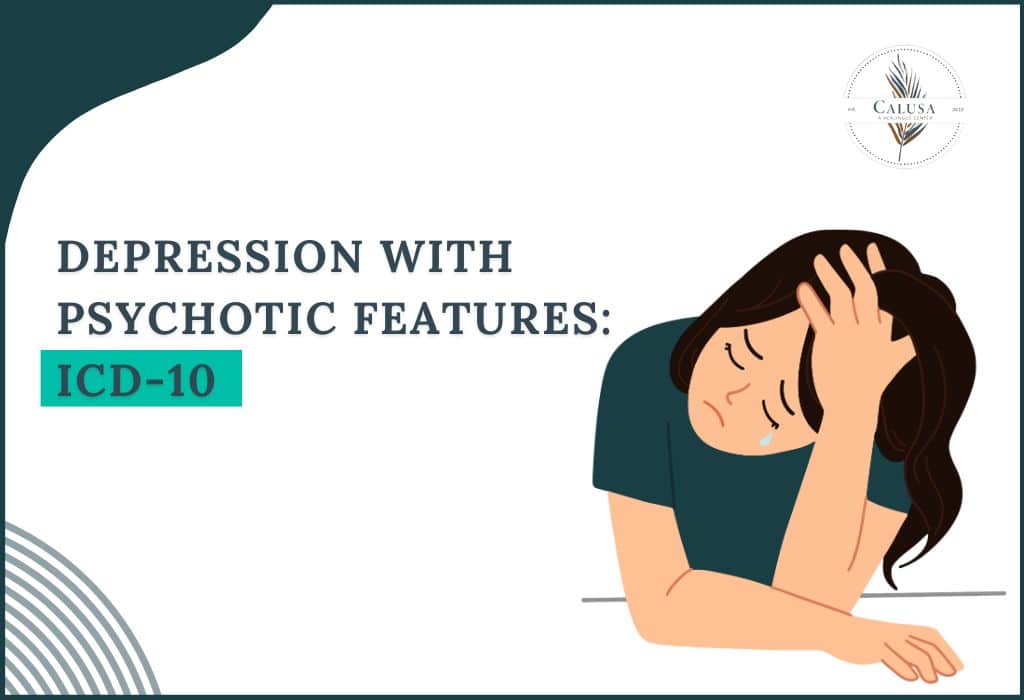Xylazine, a potent animal tranquilizer and muscle relaxant, has unfortunately found its way into the illegal drug market, especially among users seeking a cheaper alternative to opioids. While its effects can imitate those of opioids, xylazine carries its own set of dangers, including a highly addictive potential and severe withdrawal symptoms. Understanding xylazine withdrawal is crucial for both users and healthcare professionals, as it presents unique challenges that require specialized approaches for successful recovery.
This blog delves into understanding xylazine, its withdrawal, symptoms, timeline, and the path to overcome it.
What is Xylazine?
Xylazine, a veterinary sedative, has emerged as a dangerous and often deadly street drug. It produces a calming effect, muscle relaxation, and pain relief. However, on the prohibited market, xylazine is increasingly being mixed with heroin, fentanyl, and other opioids to enhance their effects. This combination, often referred to as “tranq” or “goofy,” is highly addictive and poses a severe health risk.
The Grip of Xylazine Addiction
Xylazine’s depressant properties slow down the central nervous system (CNS), leading to feelings of exhilaration and relaxation. However, repeated use fosters dependence, making it difficult to stop xylazine withdrawal without experiencing symptoms. The intensity of these symptoms varies depending on the severity of addiction, duration of use, and individual factors.
Symptoms of Xylazine Withdrawal:
-
Physical Symptoms:
Physical symptoms such as anxiety, insomnia, sweating, nausea and vomiting, muscle aches, and tremors may manifest during its withdrawal. These symptoms enclose a range of bodily reactions that can accompany the end of xylazine use.
-
Psychological Symptoms:
Some psychological symptoms observed during withdrawal include irritability, depression, mood swings, and cravings. These indicators involve emotional and mental difficulties commonly encountered when quitting xylazine use.
-
Skin Lesions:
During xylazine withdrawal, a distinct symptom often involves the formation of painful sores or ulcers at injection sites, which may heal slowly. These sores can be a notable indicator of the challenges associated with discontinuing xylazine use.
Timeline of Withdrawal of Xylazine:
Unlike some other substances, xylazine withdrawal typically doesn’t cause life-threatening complications. However, it can be a very uncomfortable and challenging experience. The timeline of withdrawal generally follows this pattern:
-
6-12 hours:
The emergence of withdrawal symptoms may begin. This marks the commencement of the withdrawal process from xylazine.
-
3-5 days:
Symptoms may reach their highest intensity during this phase. This signifies the peak severity of withdrawal symptoms from xylazine.
-
1-2 weeks:
Symptom severity tends to decrease gradually over time. This indicates a gradual reduction in the intensity of withdrawal symptoms from xylazine.
Overcoming Xylazine Withdrawal
Successfully overcoming xylazine withdrawal requires a comprehensive approach that addresses both the physical and psychological aspects of addiction. Here are some other strategies to help individuals navigate the challenges of withdrawal and achieve lasting recovery:
-
Medical Detoxification:
The pullback from xylazine can be severe and potentially dangerous, necessitating medical surveillance during the detoxification process. Healthcare professionals can provide medications to manage symptoms and ensure the safety and comfort of the individual undergoing the withdrawal process.
-
Therapy and Counseling:
Therapy sessions, including cognitive-behavioral therapy (CBT) and motivational interviewing, can help individuals address the underlying issues contributing to their substance use and create coping strategies to manage cravings and triggers.
-
Support Groups:
Joining support groups such as Narcotics Anonymous (NA) or SMART Recovery can provide invaluable peer support and motivation during the recovery journey. Sharing experiences with others who have gone through similar challenges can facilitate a sense of community and reduce feelings of seclusion.
-
Healthy Lifestyle Changes:
Engaging in regular exercise, maintaining a balanced diet, and prioritizing sufficient sleep can support overall well-being and help alleviate some withdrawal symptoms. Avoiding triggers and high-risk situations can also reduce the likelihood of relapse.
-
Medication-Assisted Treatment (MAT):
In some cases, medication-assisted treatment may be suggested to manage cravings and prevent relapse. Drugs like buprenorphine or naltrexone can help reduce the urge to use xylazine or other substances while supporting the recovery process.
-
Continued Care and Support:
Recovery from xylazine withdrawal is a lifelong process that requires ongoing commitment and support. After completing detoxification and initial treatment, individuals should continue to engage in aftercare programs, attend therapy sessions, and stay connected with supportive networks to maintain sobriety and prevent relapse.
Established Approaches to Prevent Xylazine Relapse
In the journey toward recovery from xylazine withdrawal, relapse prevention strategies play a pivotal role in maintaining sobriety and achieving long-term success. These strategies are essential for individuals steering the challenges of withdrawal and seeking to avoid the cycle of addiction. By implementing effective relapse prevention techniques, individuals can build stability, overcome triggers, and sustain their commitment to a drug-free lifestyle. The strategies include:
-
Identify Your Triggers:
Recognizing situations, emotions, or people that can trigger cravings is crucial. Create a plan to avoid or handle these triggers effectively.
-
Develop Healthy Coping Mechanisms:
Learn positive methods for dealing with stress, challenging emotions, and cravings without relying on drugs. This may entail exercising, practicing relaxation methods, surrounding yourself with supportive individuals, or pursuing enjoyable hobbies.
-
Practice Mindfulness:
Mindfulness practices like meditation can help you become more aware of your thoughts and emotions, allowing you to respond proactively rather than impulsively.
-
Avoid High-Risk Situations:
Keep a distance from environments or individuals tied to your past drug use. This may involve setting boundaries with certain individuals or avoiding places where drugs are predominant.
-
Develop a Relapse Plan:
Create a specific plan for what you will do if you experience cravings or consider using it again. This plan could involve contacting your therapist, sponsor, or support group for immediate support.
-
Celebrate Milestones:
Acknowledge and celebrate your achievements along the way. This could be anything from staying sober for a week to completing a therapy session. Positive support can strengthen your commitment to recovery.
FAQ’s
Que: How to reverse the effects of xylazine?
Ans: It’s important to note that even if the individual resumes normal breathing after naloxone administration, they may still be sedated due to xylazine. Additional naloxone might not be necessary. As there isn’t a safe reversal agent for xylazine in humans, it’s advisable to provide supportive care, including rescue breathing.
Que: How long does it take for xylazine to leave your system?
Ans: Xylazine is rapidly eliminated from the body and is characterized by a short half-life ranging from 23 to 50 minutes, which poses challenges in its detection through standard methods. This swift approval rate complicates the timely identification of xylazine in biological samples, necessitating specialized approaches for accurate detection and analysis.
Que: How much xylazine is lethal to humans?
Ans: Xylazine can induce toxicity and fatal outcomes in humans when administered at dosages spanning from 40 to 2400 mg. Plasma concentrations in nonfatal instances typically range from 0.03 to 4.6 mg/L, while fatal cases may exhibit concentrations from trace amounts to 16 mg/L.
Que: What medication reverses xylazine’s effects?
Ans: If a xylazine overdose is suspected, it’s advised by experts to administer naloxone, the opioid overdose reversal medication, since xylazine is often co-administered with opioids, increasing the risk of respiratory depression and overdose. This proactive approach can potentially counteract the depressive effects of xylazine and opioids, offering a crucial lifeline in overdose situations.
Conclusion
A comprehensive understanding of xylazine withdrawal is essential for individuals struggling with addiction and their healthcare providers alike. By recognizing the physical and psychological symptoms, implementing effective treatment strategies, and accessing necessary support systems, individuals can begin their journey toward recovery and reclaim control over their lives. With dedication, perseverance, and professional guidance, overcoming its withdrawal is achievable, offering hope for a brighter future free from the grips of addiction.
If you or someone you know is struggling with xylazine withdrawal, reach out to Calusa Recovery or 866-939-6292 healthcare provider or addiction specialist today for guidance and support. Your journey towards recovery starts now.

